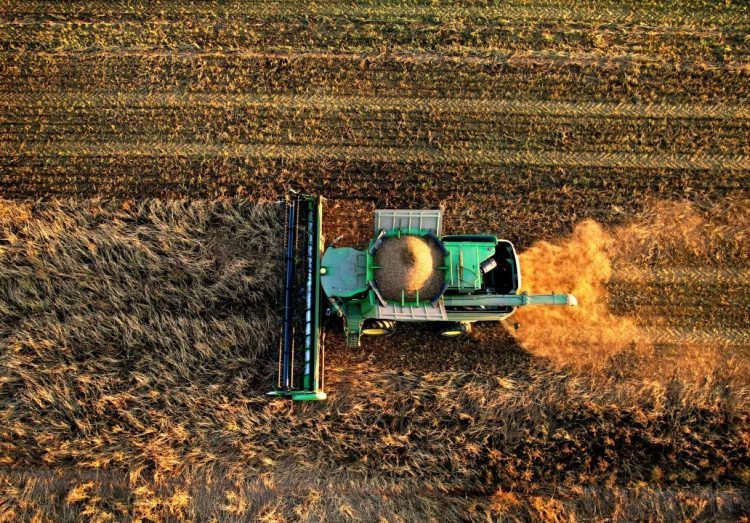
Why addressing climate change is key to nations’ food security?

Food security, or rather insecurity, is one of the most important obstacles that the world’s population needs to overcome, so much so that it is the second goal of the UN Sustainable Development Goals which calls for ‘Zero Hunger’. While the issue is extremely complex and is hurdled by layers of inequalities and injustices, veiled with socio-economic tensions, environmental constraints, and political conflicts – the result is both recurring and distressing: someone, somewhere, ends their day hungry. While this sentiment addresses severe cases of food insecurity, there is also a widespread misconception that this is the only existing challenge when discussing food security in the sense that the issue is purely economic and low-income individuals are incapable of affording food. In reality, food insecurity also includes a reduction in the quality of food sources, a lack of variability of food categories including the nutritional value of these sources, or even a diminished desirability of diet – none of which are tied to patterns of food availability.
In 2020 alone, roughly 2.37 billion people across the world faced food insecurity, with between 720 and 811 million of them facing hunger and severe food insecurity. While 2020 is considered an anomaly year due to the unprecedented and unexpected COVID-19 pandemic, the impacts left behind on the global state of world hunger prevails. This is due to the pandemic worsening the many already existing causes of food insecurity which include conflict, climate variability, and economic slowdowns. Statistics also show that race and ethnicity, gender, social class, income and employment, and disability are major factors that could affect accessibility to nutritional food sources.
